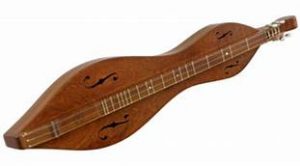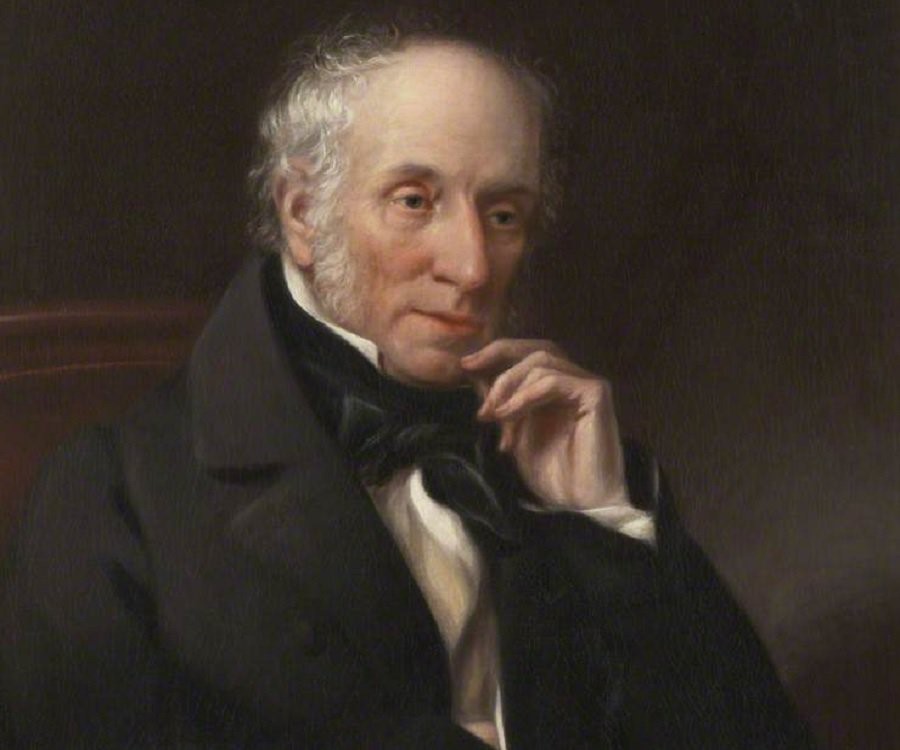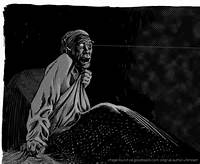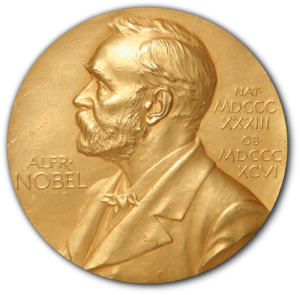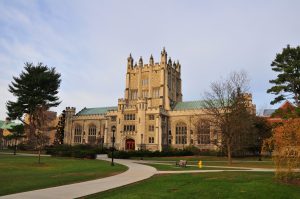[NOTE: I originally wrote this little riff for the Jan/Feb, 2017 issue of Blue Ridge Country. I’ve tried not to mess with it too much, but I’m an editor and a busybody, so if you’ve seen it and notice a new twist or turn, chalk it up to evolution or a creek that jumps its bank now and then. It seemed a fitting piece to post on the door, though Gone Fishin has its appeal as well. I will miss the forum of this blog space, but not the tyranny of its calendar. To those who have been readers, followers, critics, I hope the ride was lively.]
Despite my enthusiasm for a wilding fiddle, plaintive music from the mountain dulcimer will always be the sound that summons me back to the Blue Ridge. The root of the instrument’s name means sweetness, and its strings can hum and whisper, lullaby and lament. It’s domestic and intimate, just over a yard long with the fretboard raised above a narrow soundbox and wire strings stretched across bridges, anchored to tuning pegs on one end. The sound holes may be shaped as seahorse fs, hearts, doves, diamonds, leaves, whatever the craftsman’s hands are capable of. A species of zither, it can be shaped like an hourglass, a teardrop, even a coffin, and may be played on a table, but sounds best when placed across a seated musician’s thighs. I believe in that position it might echo the deepest tones of the picker’s bones and blood . . . just a theory of mine.
My favorite design is a courting dulcimer, a double set of strings enabling a couple to pitch woo in one room while kin listen from another, the purr of both sets of strings confirming that the lovers’ hands are up to music and not mischief. No doubt much ingenuity ensues.
My dulcimer is a blonde hourglass made by Boone’s Frank Hodges about 1970, fir top with heart-shaped sound holes and spruce back intricately grained like a weather map. It suits me well. I have never been an accomplished player, but I learned “Go Tell Aunt Rhody,” then tackled my favorite, “Shady Grove.” “Auralie,” “Careless Love,” “What’ll I do with this Baby-O” – I even managed to “master,” fittingly, “Hard Times.”
A longtime would-be guitarist, I was drawn to the dulcimer in part because it’s a necessity-born folk instrument perfect for ballads like “Babry Allen.” I associate it with all the richest suggestions of “home made.” Its hum is bee-like, and you can construct one in a weekend. It’s more at home strummed with a quill plectrum on a porch or before a hearth than on any public stage. Think wind in the chimney, water quick over pebbles, heartbreak or hardship, the need for consolation on homesteads in Galax, Spruce Pine, Valle Crucis. In the hands of Jean and Bayless Ritchie, Edd Presnell, the Proffitt family, even Brian Jones on “Lady Jane,” it’s as haunting as the Abyssinian maid’s very different “dulcimer” Coleridge dope-dreamed in “Kubla Khan.” The dulcimer’s domain is the threshold, the family, the community, and the trembling sound of its drone strings’ Scots-Irish resonance can be the perfect vehicle for either grisly, tragic tales or meditations on sorrow and joy. Its sweetness is almost always shadowed, its whisper insinuating that there’s more than we know.
Sitting on my deck with the hourglass form across my knees, I yearn to be keen enough of ear and deft enough with my fingers to serenade tonight’s super-moon rising behind the ridgeline, itself as quiet as owl flight. The dulcimer, with its shivering, echoing drones, can whisper akin to the syllables of the old Celtic terrain, as well as the most local leaf fall and night bird’s otherworldly cry.
As I’ve said, it’s a haunting sound, but ghostly in an unthreatening way, as if it could put us in touch with the past, heal the clear cuts and gouges in the earth, break the dams, salve the losses, staunch the wounds. The dulcimer speaks of sweet mystery, as well as the rigorous and sometimes bitter labor of living in the Appalachians with voices that reside in the bloodstream, the winds, the rivers, even for an eternal beginner like me. *
POST SCRIPT:
I have let Dulcie lie fallow for some time now, but I find myself drawn back to it these blistering June days and hope to be forgiven the neglect. Because I have a neurological ailment that creates tremors like a dulcimer’s drone strings, I now feel less player than instrument. It seems like inviting territory to explore: it’s time to tune up, flex my fingers and try to soothe myself. Some things I can’t make my hands do, but this is one I’m convinced I can.
R. T. Smith 6/22/18

